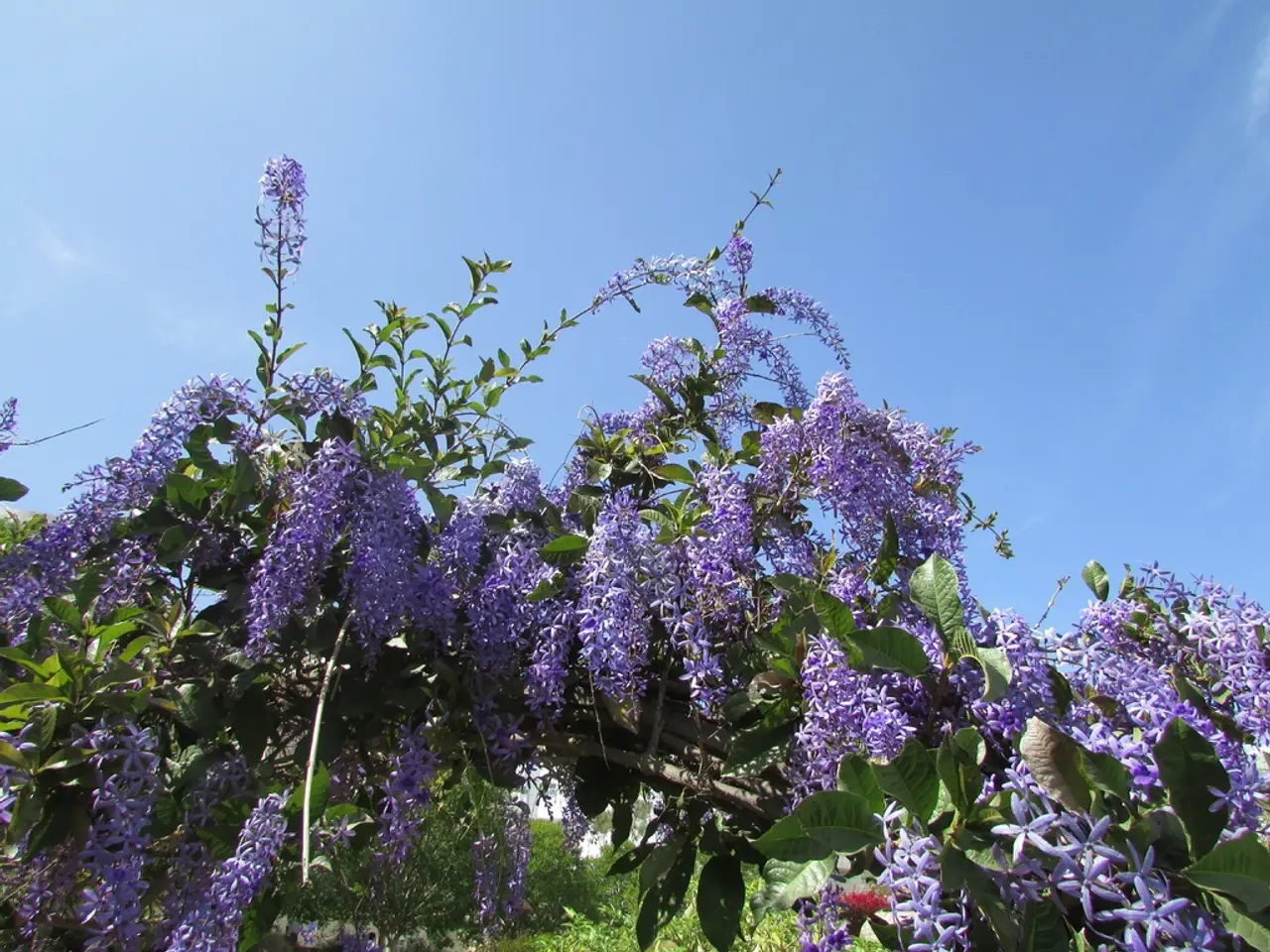Practical Advice for Collecting Citrus Fruits at Appropriate Times
### Seasonal Harvesting Tips for Citrus Fruit Trees in Diverse Climates
In the world of citrus fruit trees, the art of harvesting ripe fruits is both a science and an art. Understanding the unique characteristics of various climates and the trees themselves is key to a bountiful and flavourful harvest.
#### General Harvesting Tips
Citrus fruits typically take about 12 months to mature from flower to fruit. The best time for harvesting, generally, falls between November and May, although this may vary depending on the specific variety and climate.
Ripe citrus fruits should exhibit certain signs. A bright and vibrant color is one such indicator, with ripe oranges having a bright orange skin and ripe lemons being sunny yellow. However, some citrus fruits, like calamondins, may remain green in tropical climates. In such cases, relying on softness and ease of plucking becomes crucial. Ripe citrus fruits should be slightly soft to the touch, but not overly squishy.
When it comes to harvesting, care must be taken to avoid damaging the delicate peel. For delicate-skinned citrus like calamondins, using scissors or pruners is recommended. Minimal summer pruning is also advised to prevent sunscald; instead, focus on removing dead or damaged branches.
#### Climate-Specific Considerations
##### Tropical Climates
In tropical regions, some citrus varieties like calamondins can produce fruit continuously throughout the year. Since these fruits may not change color when ripe, relying on softness and ease of plucking becomes essential.
##### Temperate Climates
In temperate zones, citrus fruits typically ripen in the late fall to early winter. It's important to protect these trees from frost, especially in cooler areas.
##### Subtropical Climates
The harvest season in subtropical regions may be slightly prolonged due to the milder winters.
#### Additional Tips
Regular watering, fertilization, and pest management are crucial for maintaining healthy trees and improving fruit quality. Different citrus varieties have unique growing requirements, so understanding the specific needs of your tree is important.
In fall, ripe citrus fruit should be harvested carefully. Pruning citrus trees encourages the tree to produce more fruit. In cooler areas, it's crucial to monitor the temperature and adjust harvesting times accordingly. In spring, citrus trees should be fertilized with a balanced fertilizer.
Harvesting during wet conditions can cause mold and spoilage. Local pests and diseases can impact the timing and methods of harvesting in diverse climates. Nutrient balance ensures the trees get the right nutrients for growth. Regular health checks of citrus trees can help spot problems early. Mulching citrus trees in winter helps insulate the roots.
By following these tips, you'll be on your way to enjoying succulent, flavourful citrus fruits straight from your very own tree!
In the realm of home-and-garden endeavors, cultivating and harvesting quality citrus fruits from your food-and-drink trees becomes an integral part of a fulfilling lifestyle. Understanding the unique requirements of citrus trees in various climates, whether it's the continuous production in tropical climates, the late fall to early winter ripening in temperate zones, or the slightly prolonged harvest season in subtropical climates, is key to a bountiful and flavorful harvest.




